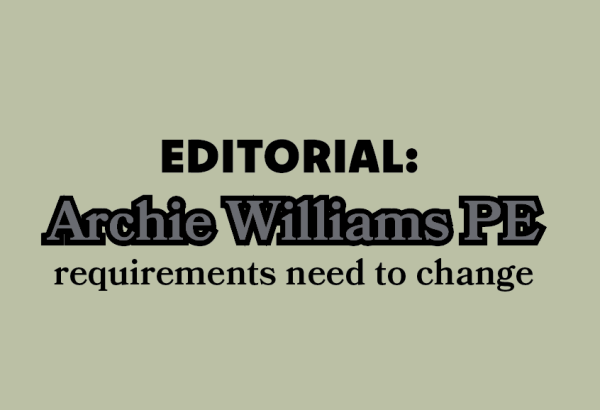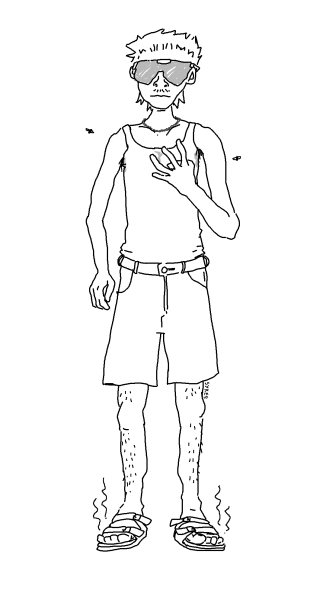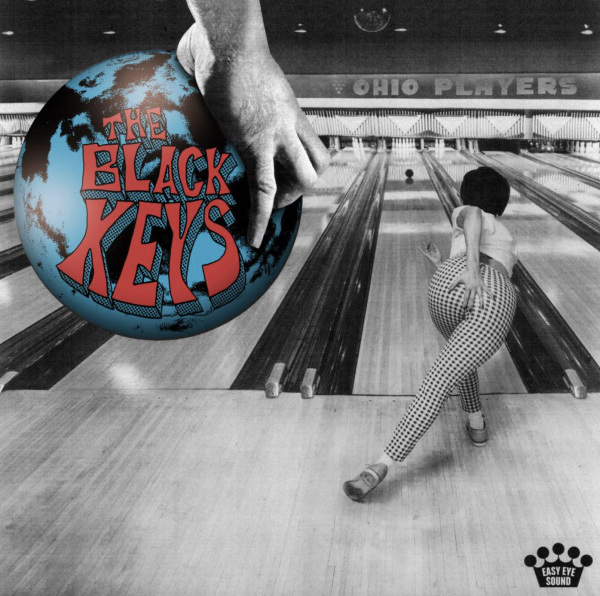Don’t drive high
Don’t drive high. While some may assume this statement is obvious, driving while impaired by cannabis has become increasingly normalized in our Archie Williams student community. We acknowledge that many students at Archie Williams choose to explore cannabis use. But let’s make this clear: cannabis and driving must stay separated. We’re from Peer Resource, here to talk about driving under the influence of cannabis.
When teenage groups go out, those who have licenses will usually select a designated driver, or DD. The responsibility of the DD is to remain fully sober, which means they have not ingested or used any substances. There is a common misconception that DDs only have to avoid alcohol, and that partaking in marijuana use will not revoke their sober status. Although some may claim that they’re “high functioning” or it’s just “normal to drive high,” as PR has observed in our own experiences, teenagers cannot retain the title of “DD” if they choose to partake in cannabis use. Cannabis is a psychoactive drug: it alters the user’s mind, and in some cases, the user’s body. When an individual is completely sober, they have full capacity to carry out basic cognitive functions, like decision making. But when an individual is under the influence of cannabis, these functions are hindered. The National Institute of Health explains that cannabis contains compounds called cannabidiols, which have 64 active isomers, each impacting humans’ behaviors and functions in varying ways. Now: in simpler terms. When someone uses cannabis, a combination of their cognitive skills are in some way altered, such as their reaction time, basic motor coordination skills, behavioral control; and more. These cognitive functions are needed to drive a car, and while teenagers may not notice their impaired driving abilities, they are altered nonetheless.
“Never get into a car with someone who has been drinking.” “Don’t drink and drive.” “Sober is safe!” These are common phrases that parents, teachers, and mentors constantly drill into the brains of teenagers. They are sometimes shown at school or even plastered onto highway billboards. While they are important reminders, it seems the conversation regarding intoxication through cannabis is being disregarded. Many students ignore the danger of high driving, or view DD-ing solely in the context of not being drunk. Drunk driving and high driving are both dangerous; and while each substance has different effects on the user, driving impaired in any form poses devastating risks, not only to those into the car, but also nearby drivers. Of course, we don’t want to rely on scare tactics to stop people from driving high, or expect teenagers to refrain from cannabis use, but we must ask the question: what other options are there? Students can look into asking another friend that can be trusted to drive sober, or call parents for assistance. We also ask that you call out the DD before they choose to use cannabis if it’s something they’re considering.
We know that exploring substances is an inevitable part of high school, and that students are safer and healthier if they are informed before they do so. So here we are, informing you of the risks of cannabis use. Before you get high and drive, remember this article, and understand that your choice may have dangerous effects on others. Peer Resource encourages you to take advantage of your voice amongst your friends and consider harm reduction methods when possible.
Your donation will support the student journalists of Archie Williams High School. Your contribution will allow us to purchase equipment and cover our annual website hosting costs. Each donation will receive a magazine subscription for a year (6 copies a year), and become a part of the important work our publication is doing.
$35 -- Subscription to the magazine
$50 -- Silver Sponsorship
$75 -- Gold Sponsorship
$100 -- Platinum Sponsorship















